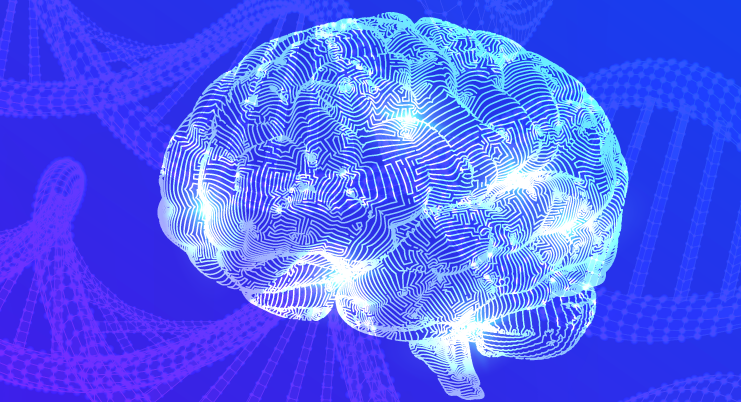
Spinocerebellar Ataxia type II (SCA2) has among its characteristics to be degenerative, hereditary, and incurable, so the results of these studies are of great importance to reduce the adverse effects.
Havana, Mar 26 (RHC) The Center for Research and Rehabilitation of Hereditary Ataxias in Cuba will incorporate alternative treatments to delay the onset of the disease.
Center Director Yackelin Medrano, explained that the institution is carrying out projects to introduce procedures with vitamins and modify genetic conditions.
The center, the only one of its kind in Cuba, located in the eastern province of Holguin, promotes the quality of life of its patients through research and rehabilitation programs, said Medrano, who was quoted by the Cuban News Agency (ACN).
Spinocerebellar Ataxia type II (SCA2), the most common in that territory, has among its characteristics to be degenerative, hereditary, and incurable, so the results of these studies are of great importance to reduce the adverse effects, the director said.
In parallel, new therapies are being developed, for example, yoga to improve coordination between the upper and lower limbs, balance, and eye movements, among the most affected areas in patients, the doctor noted.
Holguín has the highest prevalence rate of ataxias in Latin America and the Caribbean, with 33 patients per every 100,000 inhabitants.
SCA2 can appear between 2 and 65 years of age, and most patients are concentrated in the municipality of Baguanos.
According to medical literature, ataxia is a motor disorder characterized by a lack of coordination in the performance of voluntary movements that alters their speed and precision. This lack of coordination affects walking, limbs, and speech. (Source: Prensa Latina)

